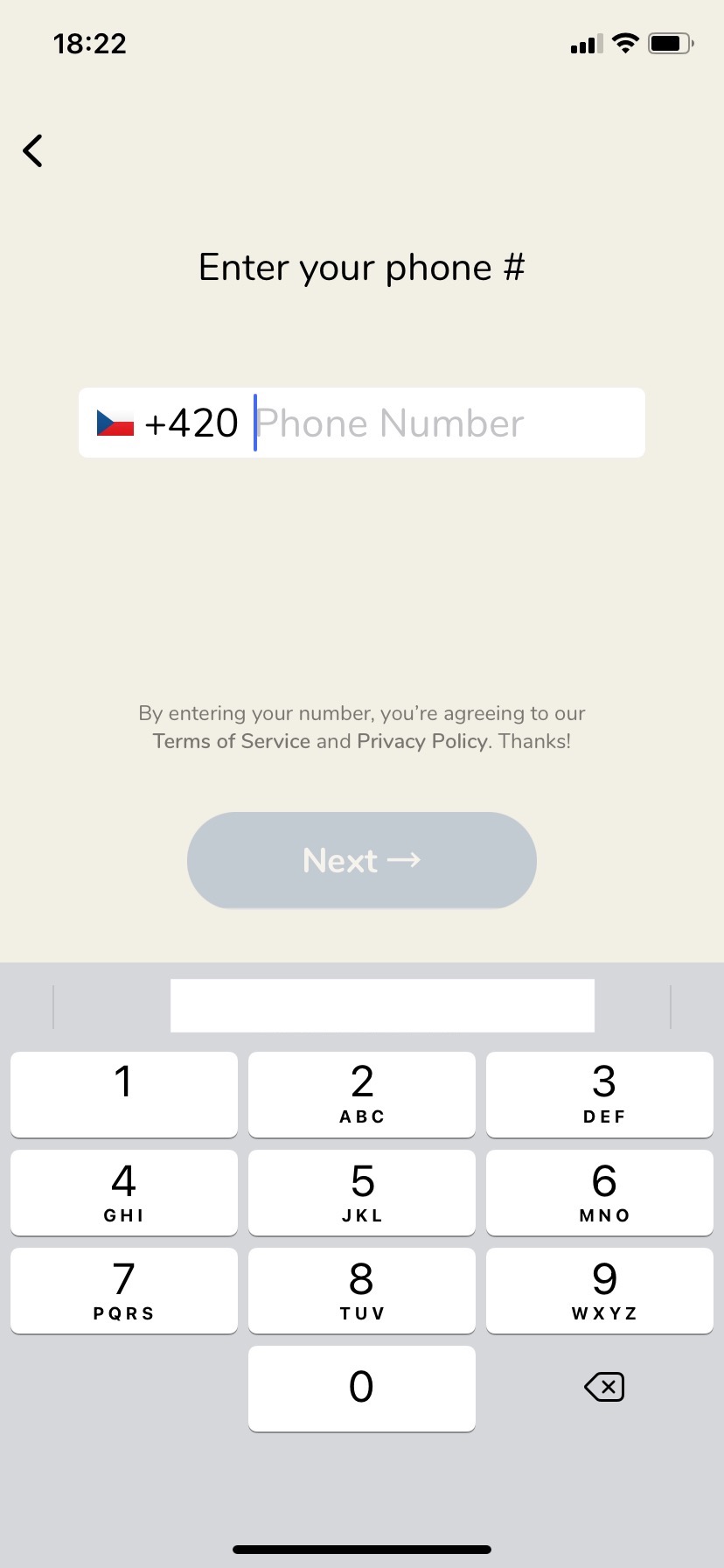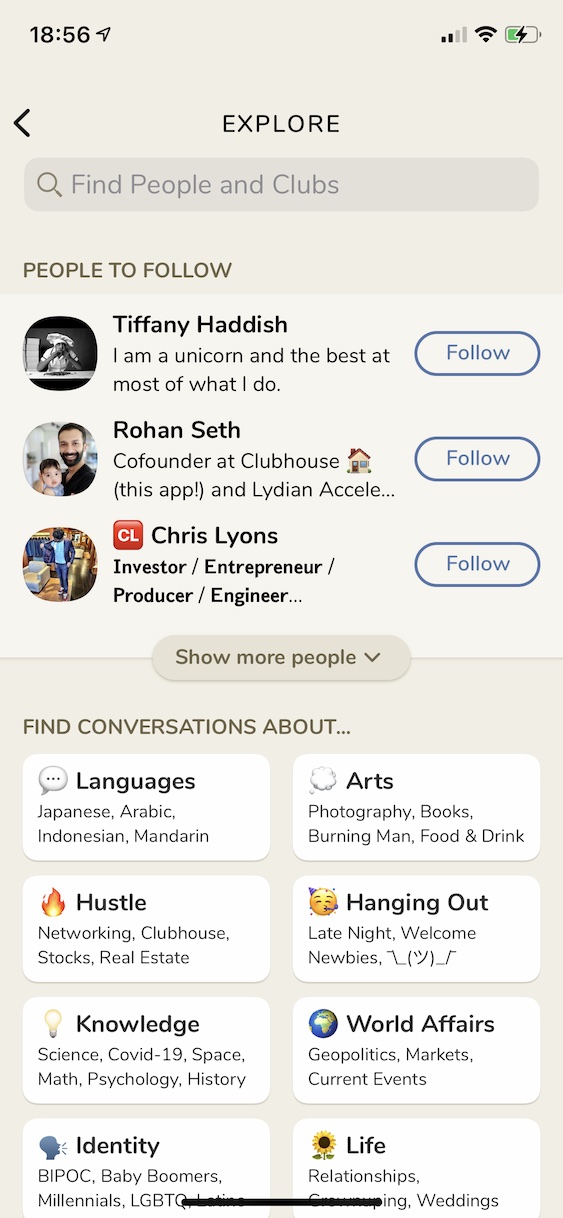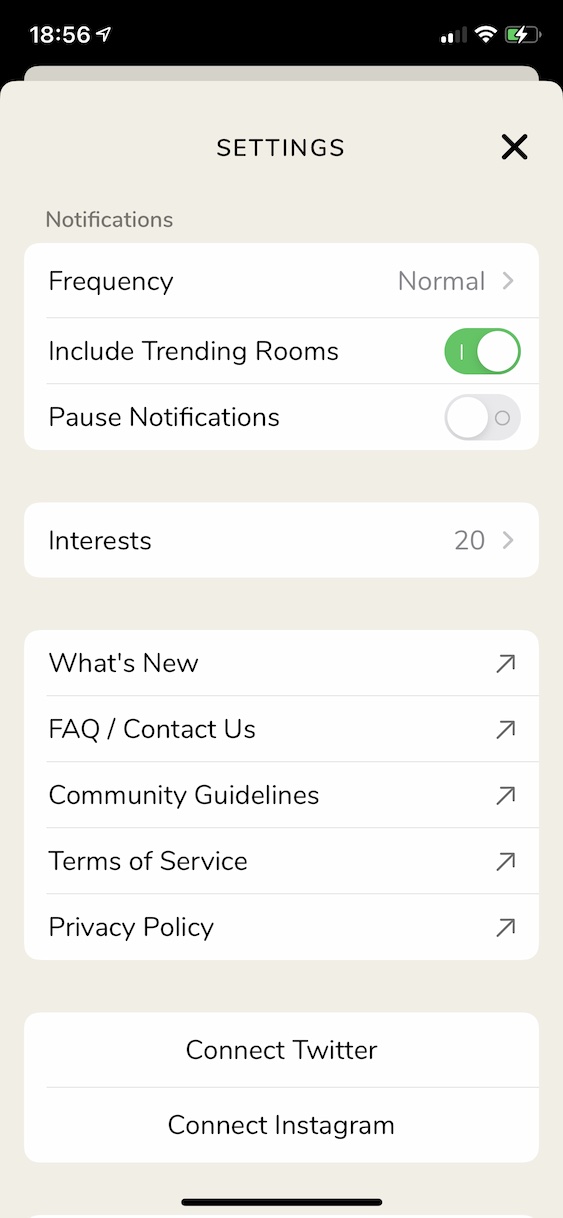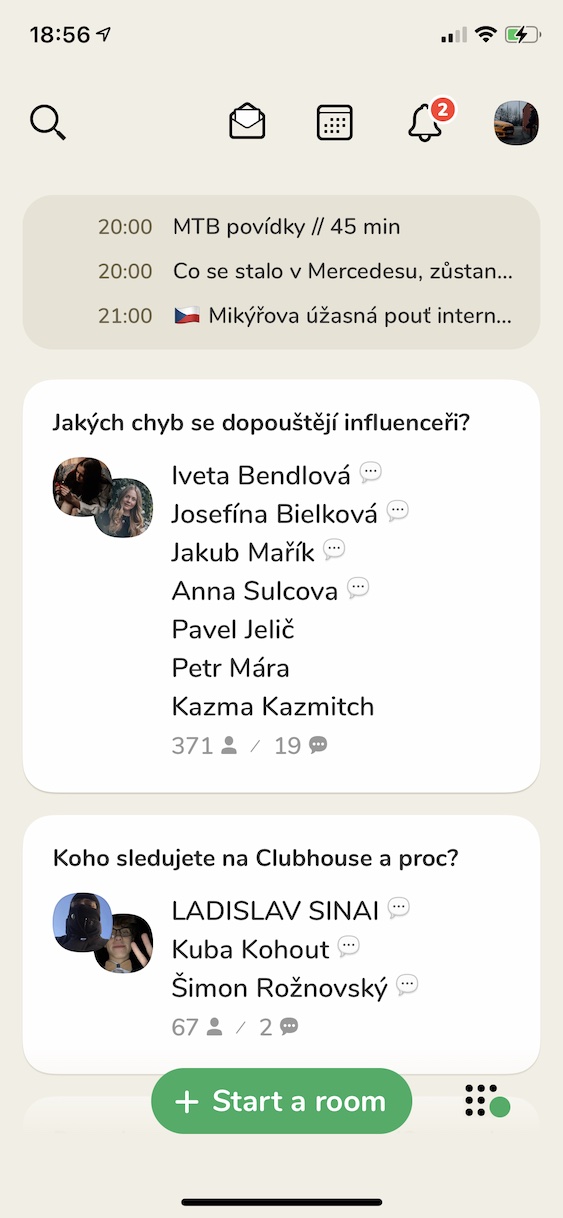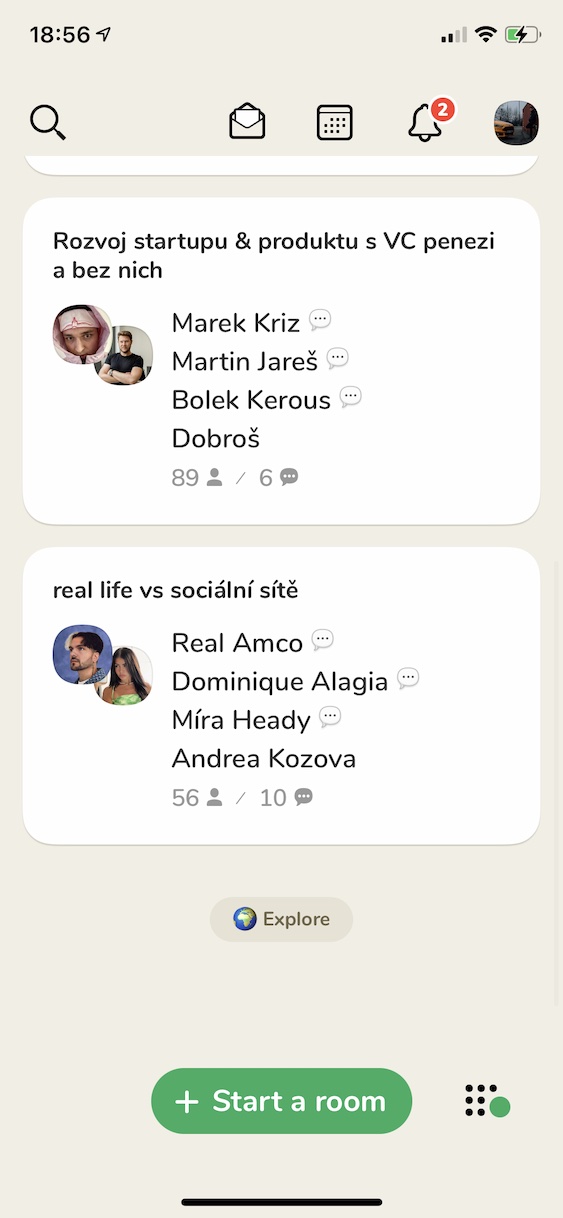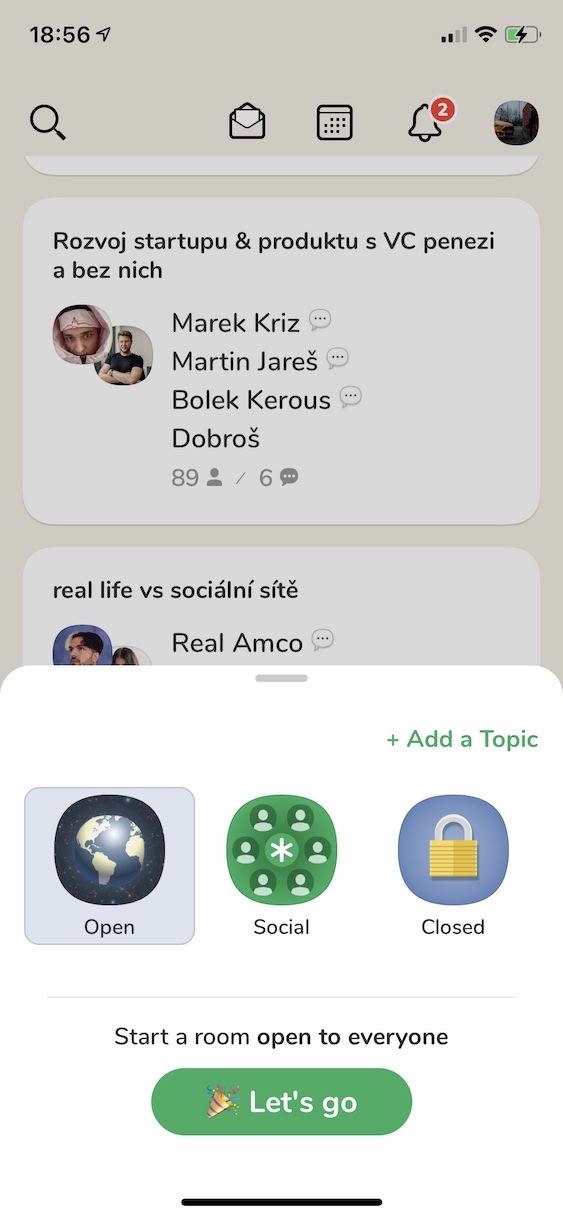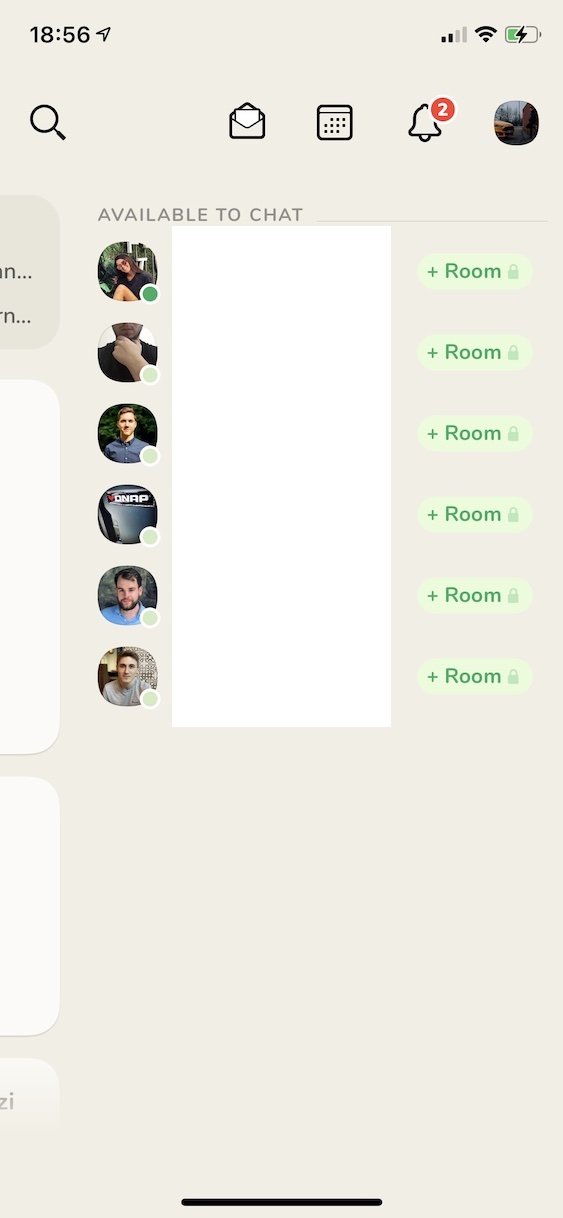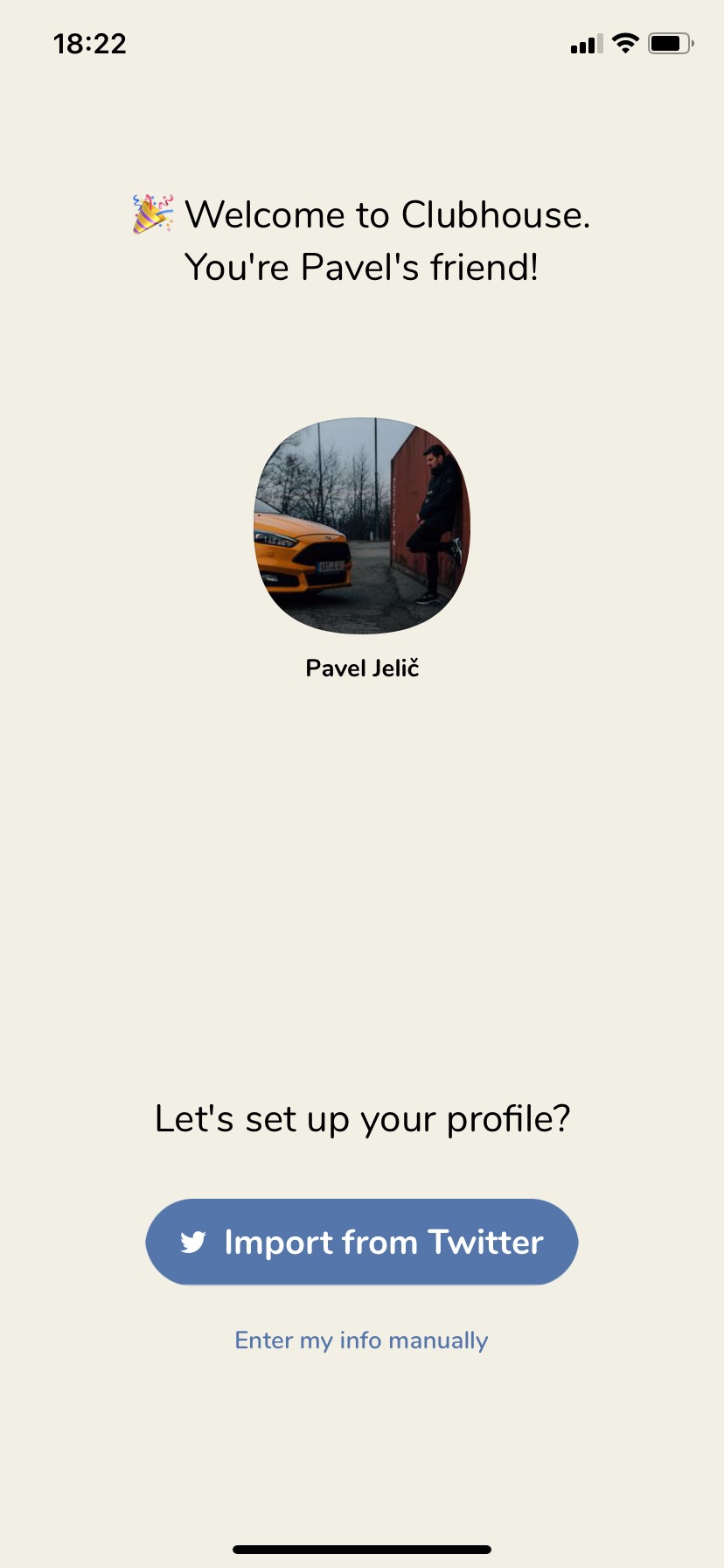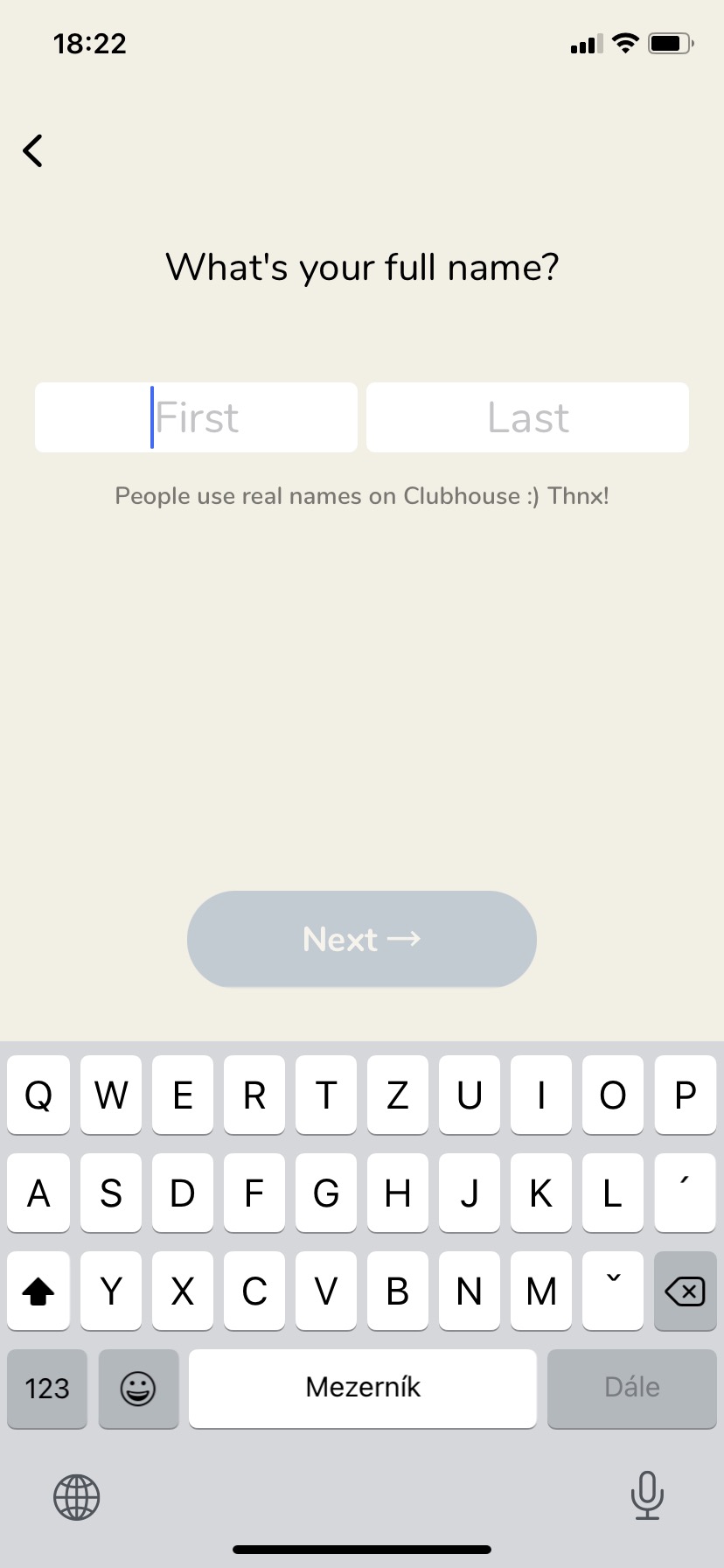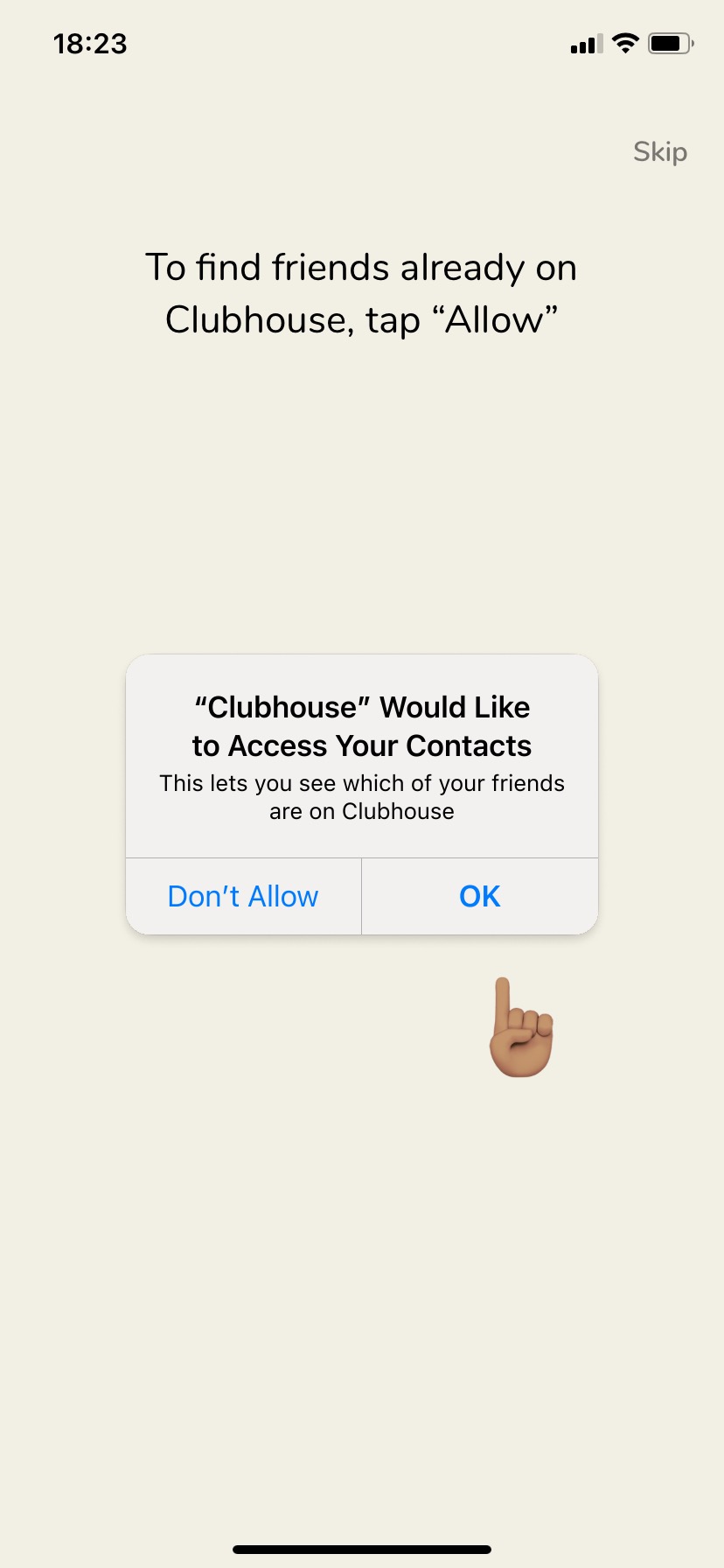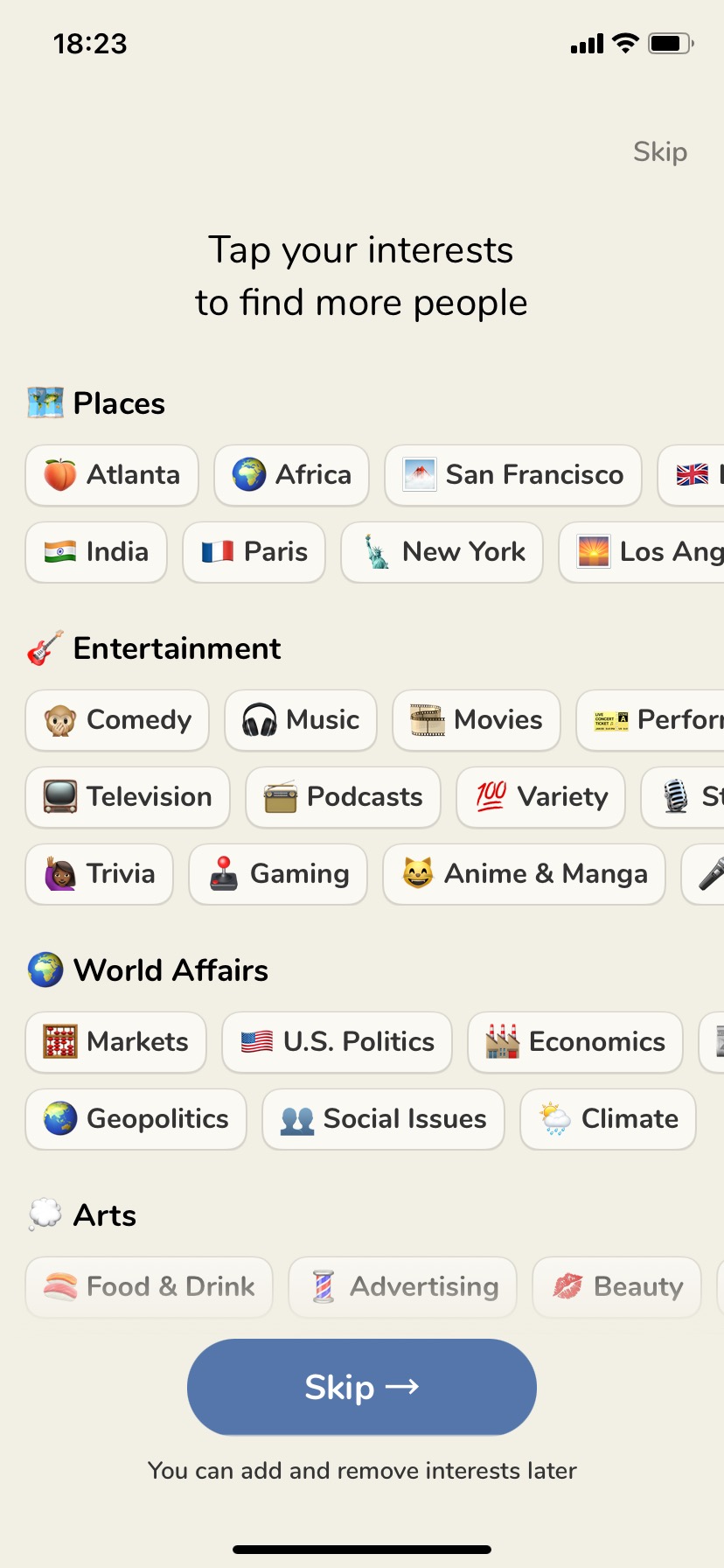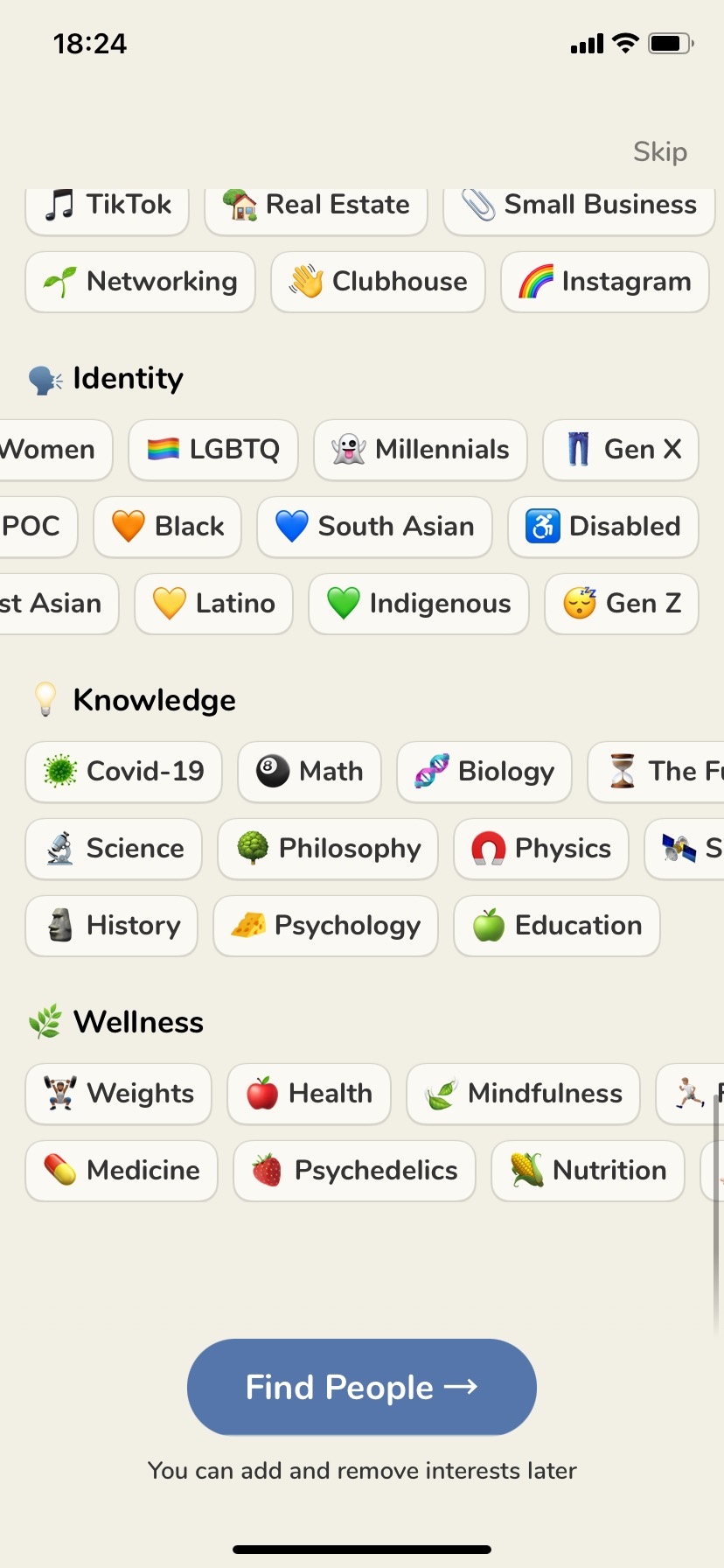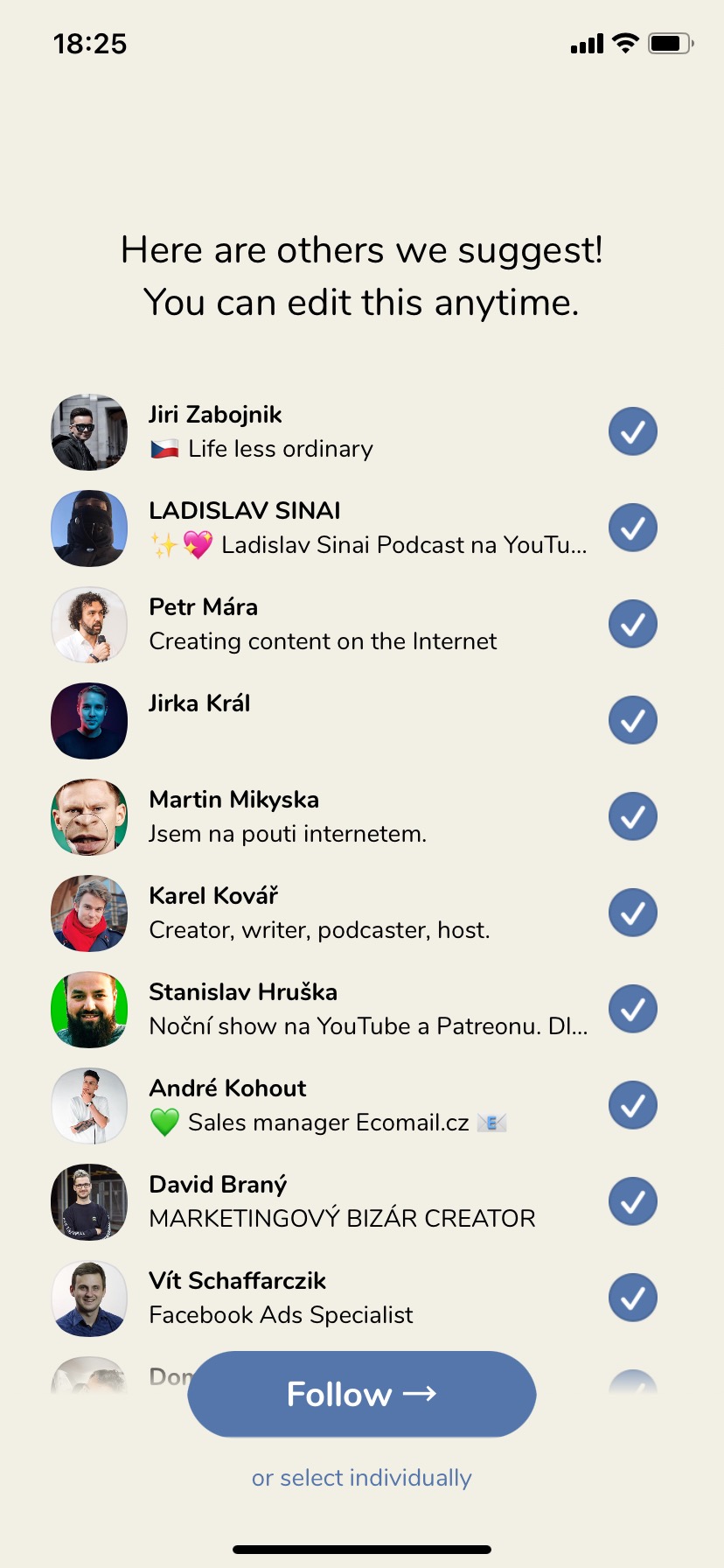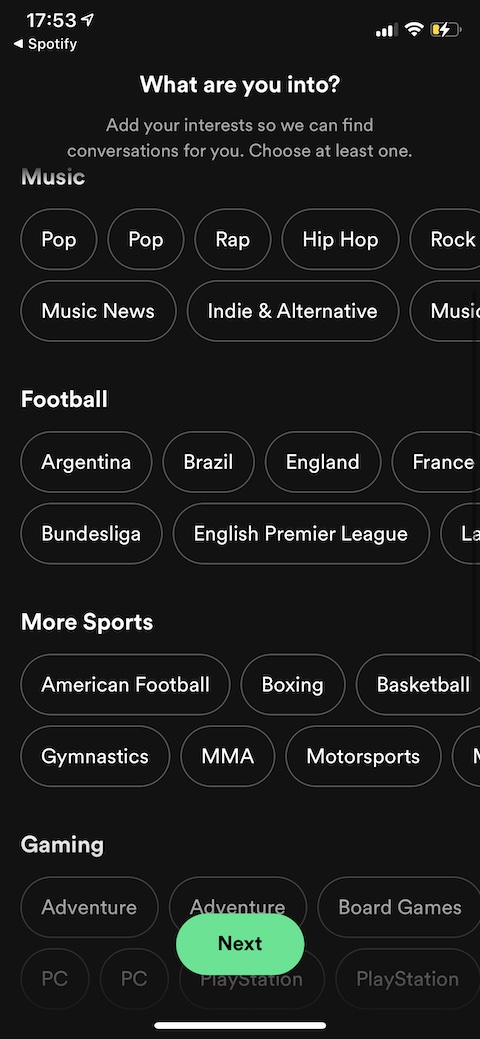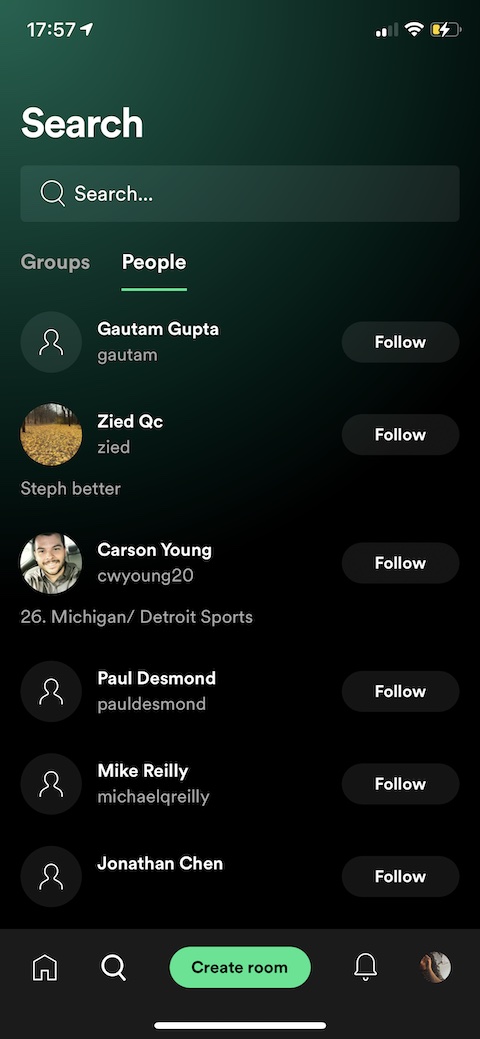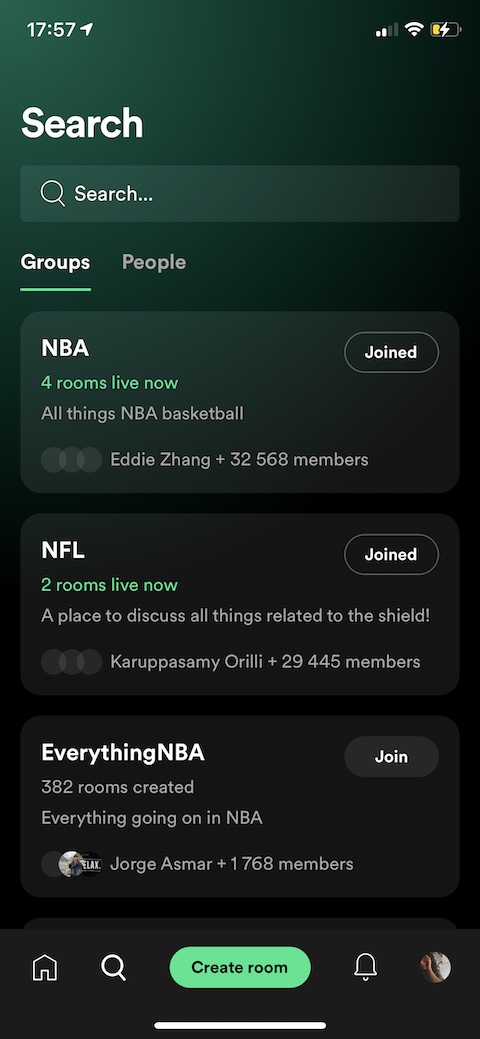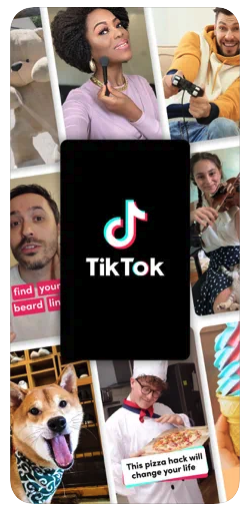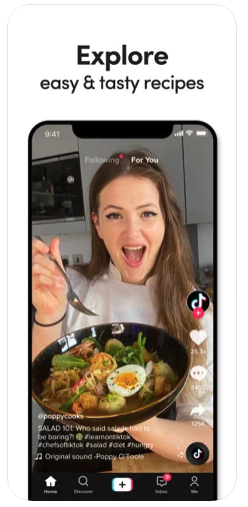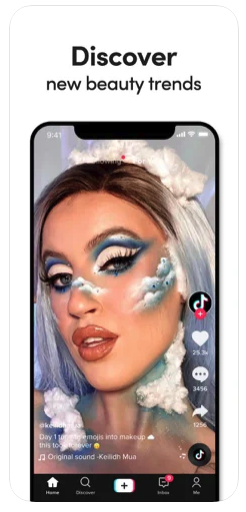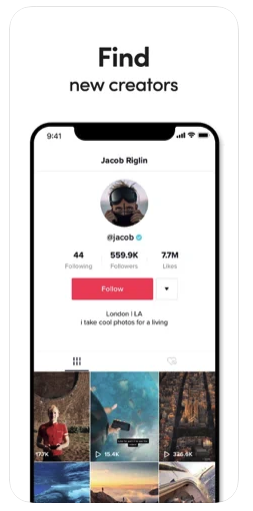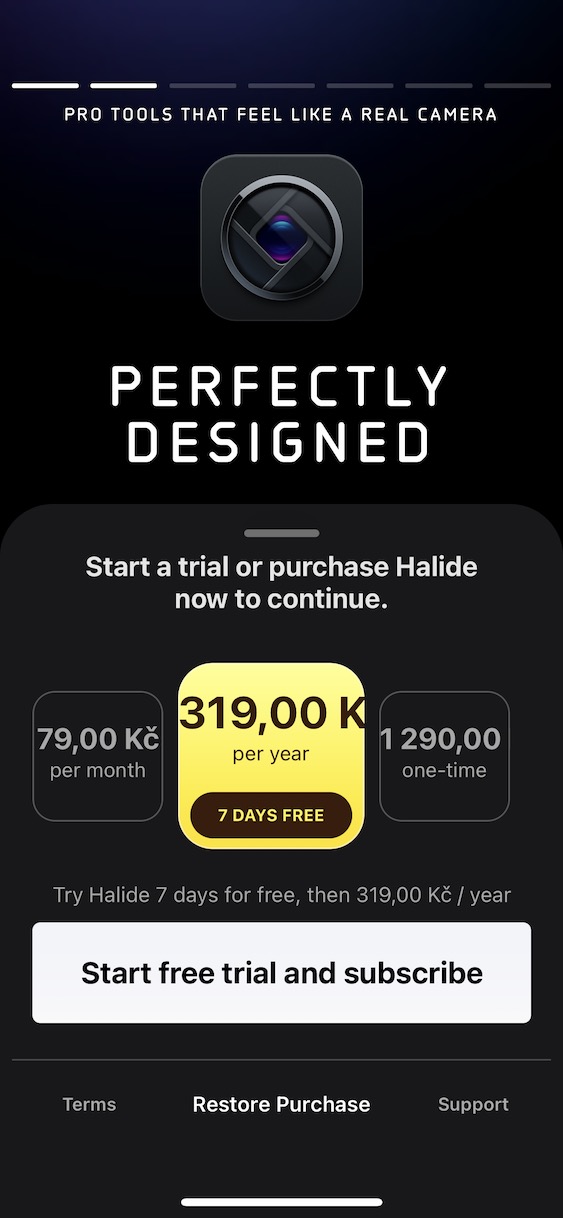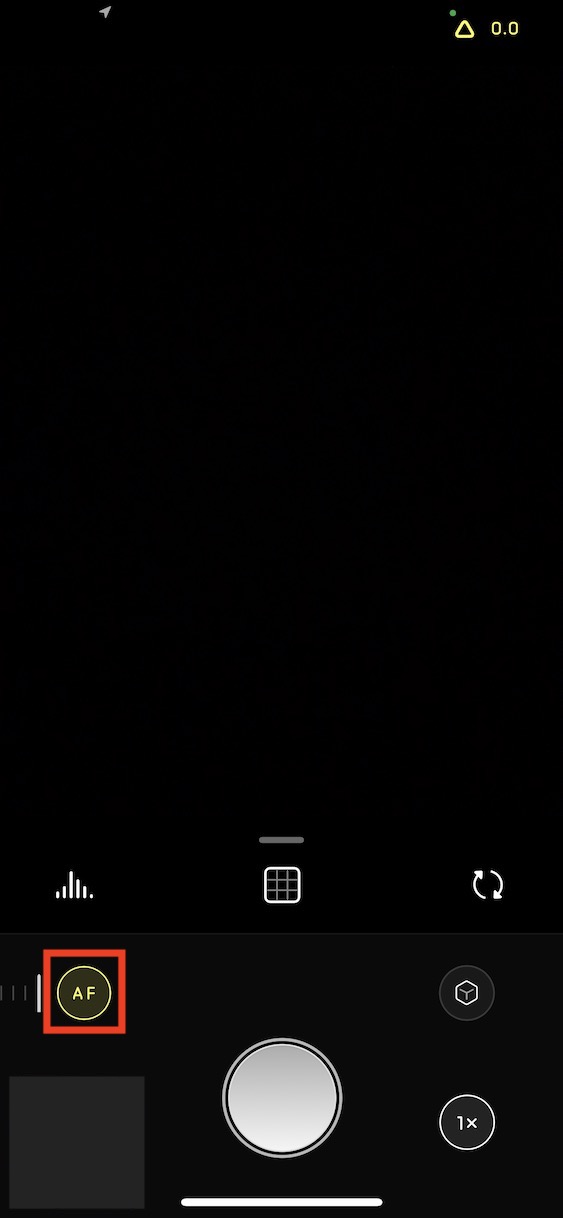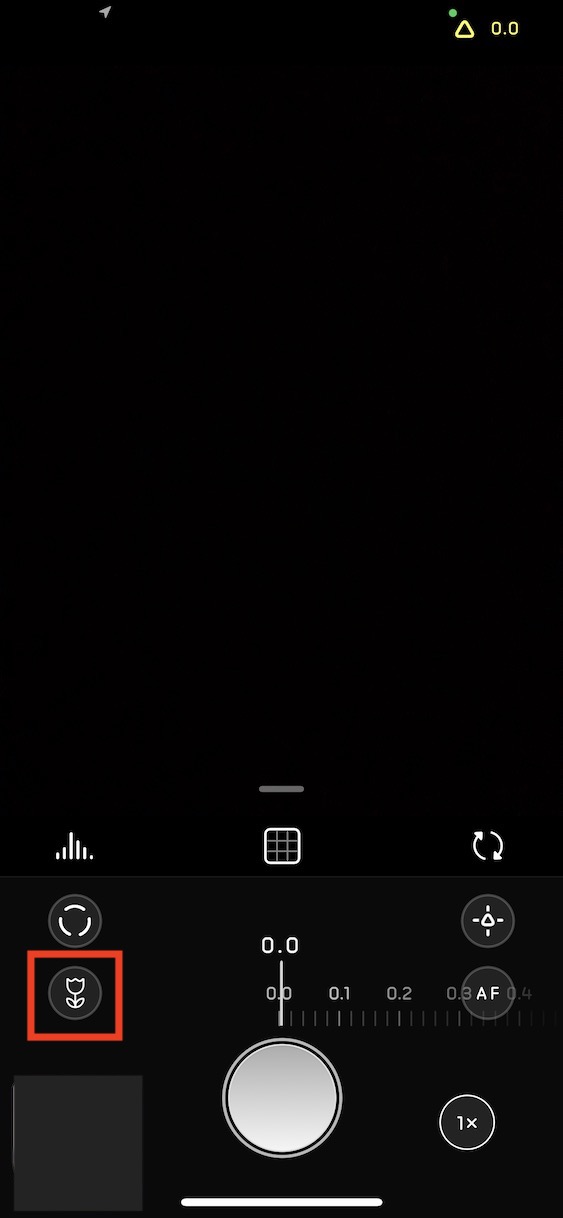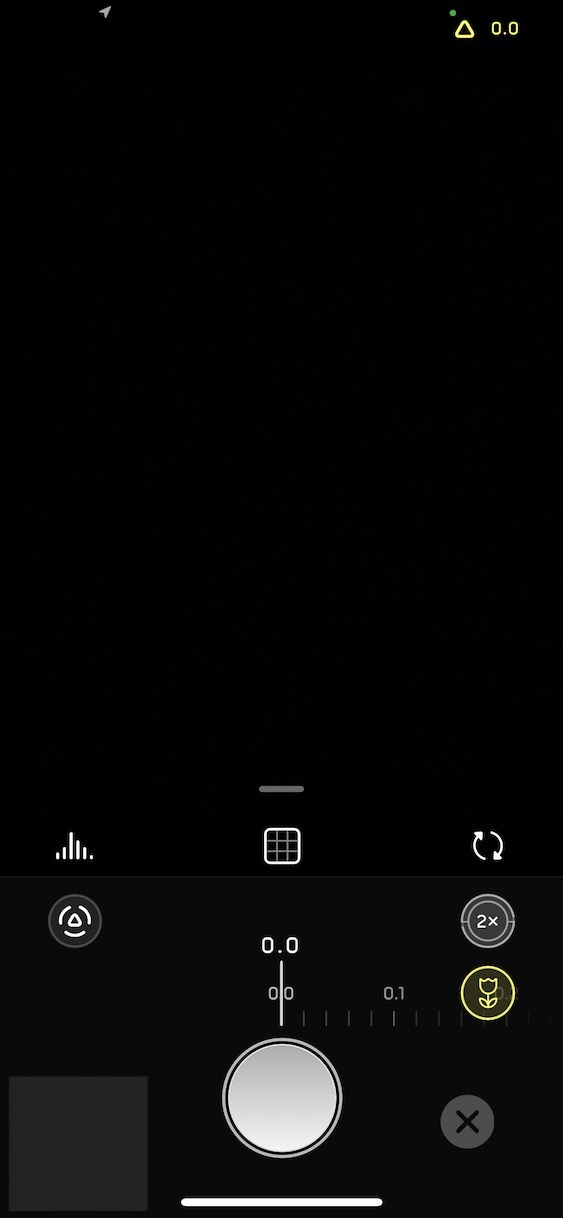If you don't have enough ingenuity and creativity, what features will you add to your app? Of course, those who have success elsewhere. Copying features between apps is nothing new, and just as operating systems themselves take inspiration from each other, so do the apps themselves. However, it does not always have to be successful.
Tales
Of course, the most famous case is probably stories, i.e. the Stories feature. He was the first to introduce Snapchat here and celebrated a corresponding success with it. And since Meta, formerly Facebook, does not let a proper success go unnoticed, it duly copied it and added it to Instagram and Facebook, possibly also to Messenger.
And it was, and still is, a success. It's also huge. It is true that stories have more potential on Instagram than on Facebook, where most people just copy them from Instagram. One way or another, there are and will be stories here, because it is also a quality sales channel, whether for influencers or e-shops. And then there's Twitter. He also copied the stories and added them to his network.
But Twitter users are different from those who focus their interest on Meta networks. It only took half a year for the developers to understand that this is not the way to go and to remove this feature. It's true that the empty story interface just looked stupid. Twitter users simply didn't use them, so they had to sit still.
It could be interest you

Clubhouse
However, why copy only the functions, when the whole meaning of the application can be copied? Clubhouse came up with a spoken word social network where text had no place. It hit the time of the pandemic perfectly and its concept became extremely popular, so it was only a matter of time before the big players wanted to use its potential. This is also why Twitter has its Spaces here, and also why a separate Spotify Greenroom was created.
From the beginning, Twitter also pioneered Clubhouse's strategy, when it tried to be somewhat exclusive and offered the function only to those who had the appropriate number of followers. However, in order to increase the number of users who use the service, this restriction has already been abolished, so that everyone can set up their Spaces. Let's just hope it's not because there are crappy numbers and that we're going to say goodbye to this feature as well. That would be really embarrassing.
However, this concept makes quite a bit of sense with the Spotify Greenroom. What about the fact that it is a separate application that more or less completely copied Clubhouse. Spotify is all about music and voice, and this expands its scope quite successfully. Apart from listening to music and podcasts, we can also listen to live broadcasts here.
It could be interest you
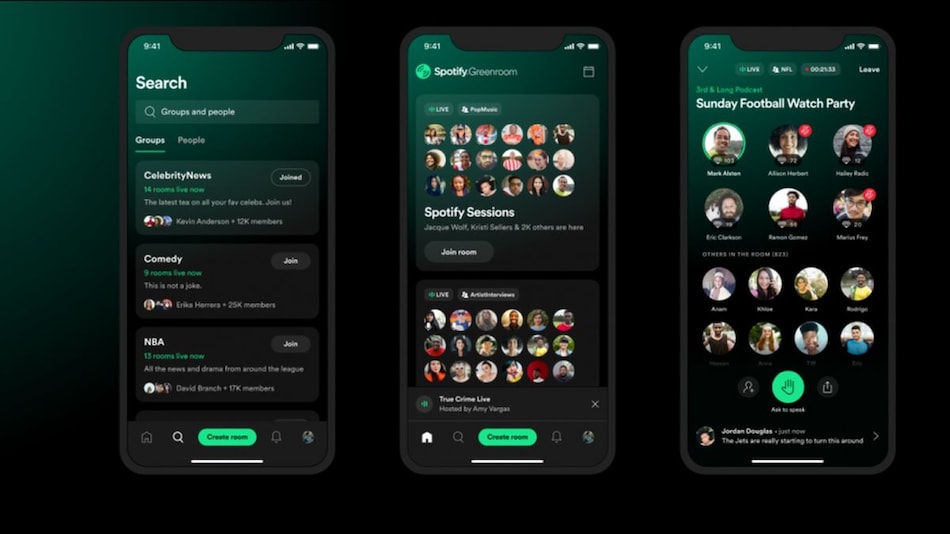
TikTok
TikTok is a mobile application and social network for creating and sharing short videos developed by the Chinese company ByteDance. The app previously allowed users to create short video clips of up to 15 seconds, but now they are up to 3 minutes long. This network is still on the rise thanks to support from younger users. And since Instagram also targets them, it has taken the liberty of appropriating a few of TikTok's functions. First it was IGTV, when Instagram started flirting with a purely video platform. And when it didn't catch on perfectly, he came up with Reels.
At the moment, TikTok will most likely also be inspired Spotify. This is in the case of vertical swiping content. In this way, you will be able to browse new content in the music streaming service. Either the user listens to it here, or jumps to the next one with the given gesture. At the same time, it should be interesting recommended content that should broaden the listeners' horizons. It must be said, however, that even if Spotify made a left and right gesture like this, along the lines of like/dislike, it would still be copying Tinder.
It could be interest you
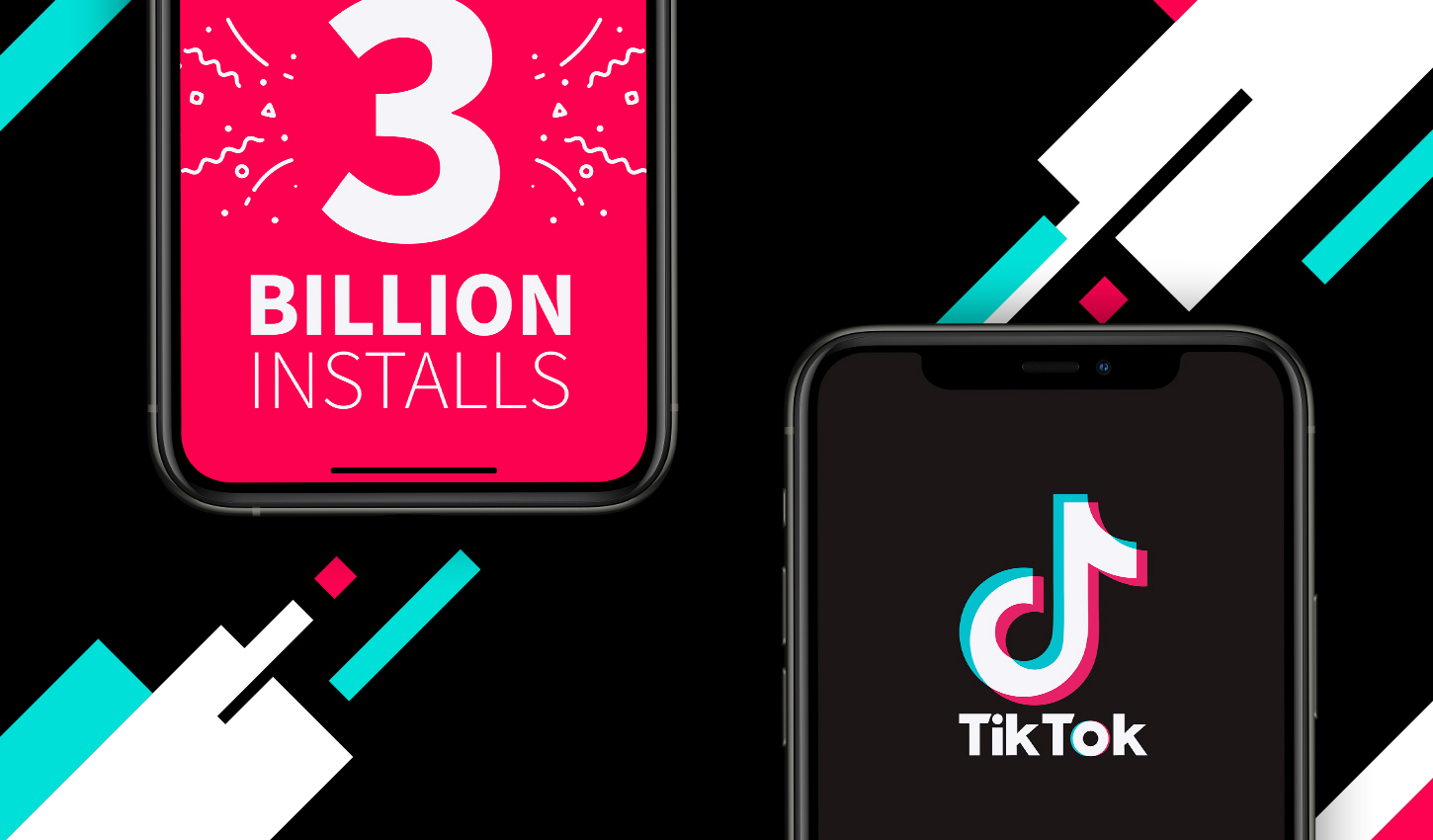
Halide
The Halide Mark II application is a quality mobile title intended for taking photos and videos. Its features and capabilities are quite impressive and it's really interesting to see how developers manage to work around the system. They regularly add features that Apple will introduce as part of its iOS, but will only provide them to a certain portfolio of its iPhones. However, Halide developers will do this for many older devices as well.
It first happened with the iPhone XR, which was the first iPhone with a single lens capable of taking portrait photos. But they were tied purely to the scanning of human faces. In Halide, however, they tuned the function so that even the iPhone XR and then, of course, the SE 2nd generation could take portrait photos of any objects. And with the highest quality result. Now the developers have succeeded in macro photography, which Apple locked exclusively for the iPhone 13 Pro and 13 Pro Max. So if you install Halide, you can take photos with macro since iPhone 8. But why didn't they add the function right away in the base of the application, which has been on the market for a number of years? Simply because it didn't occur to them.
It could be interest you
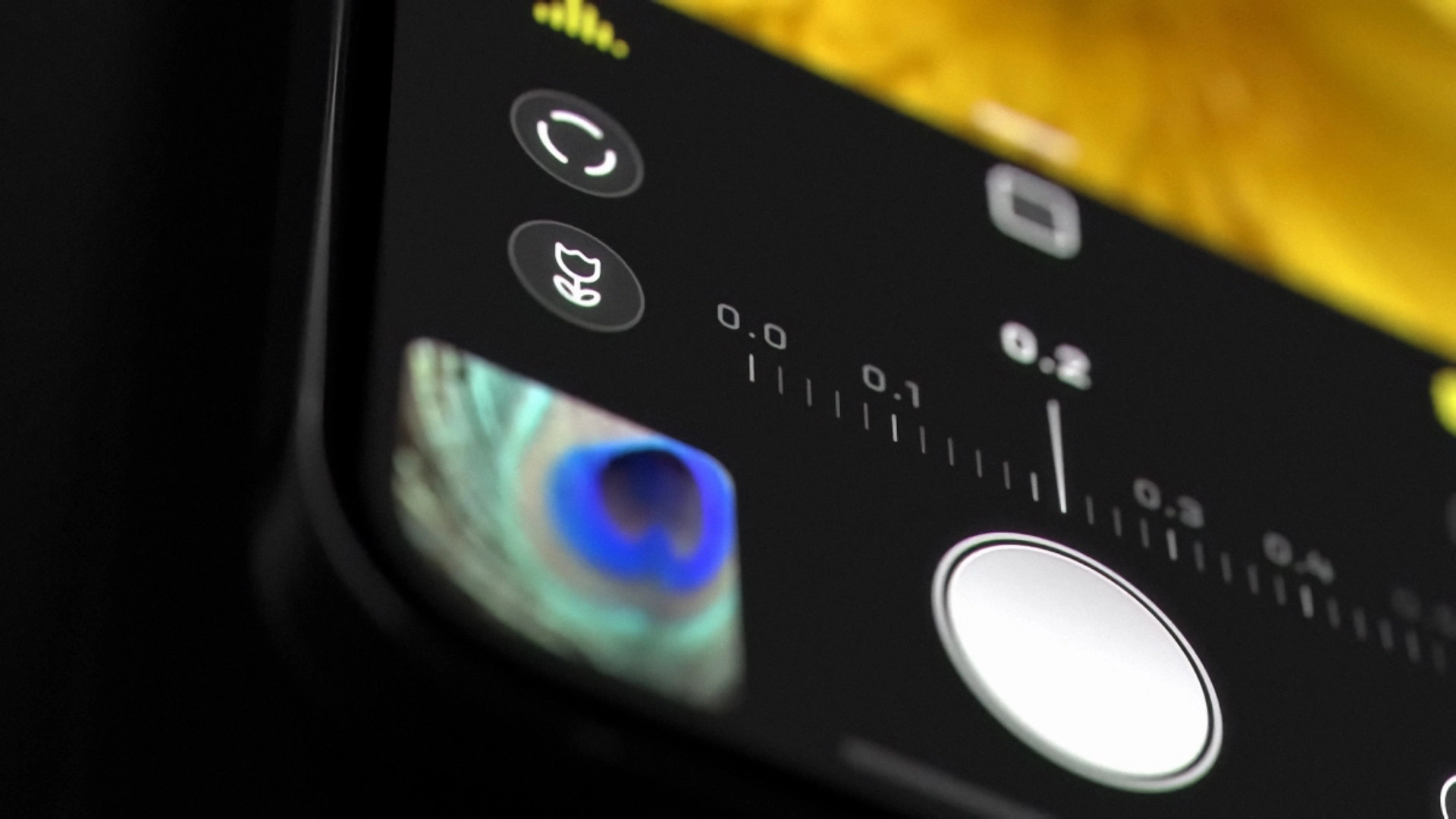

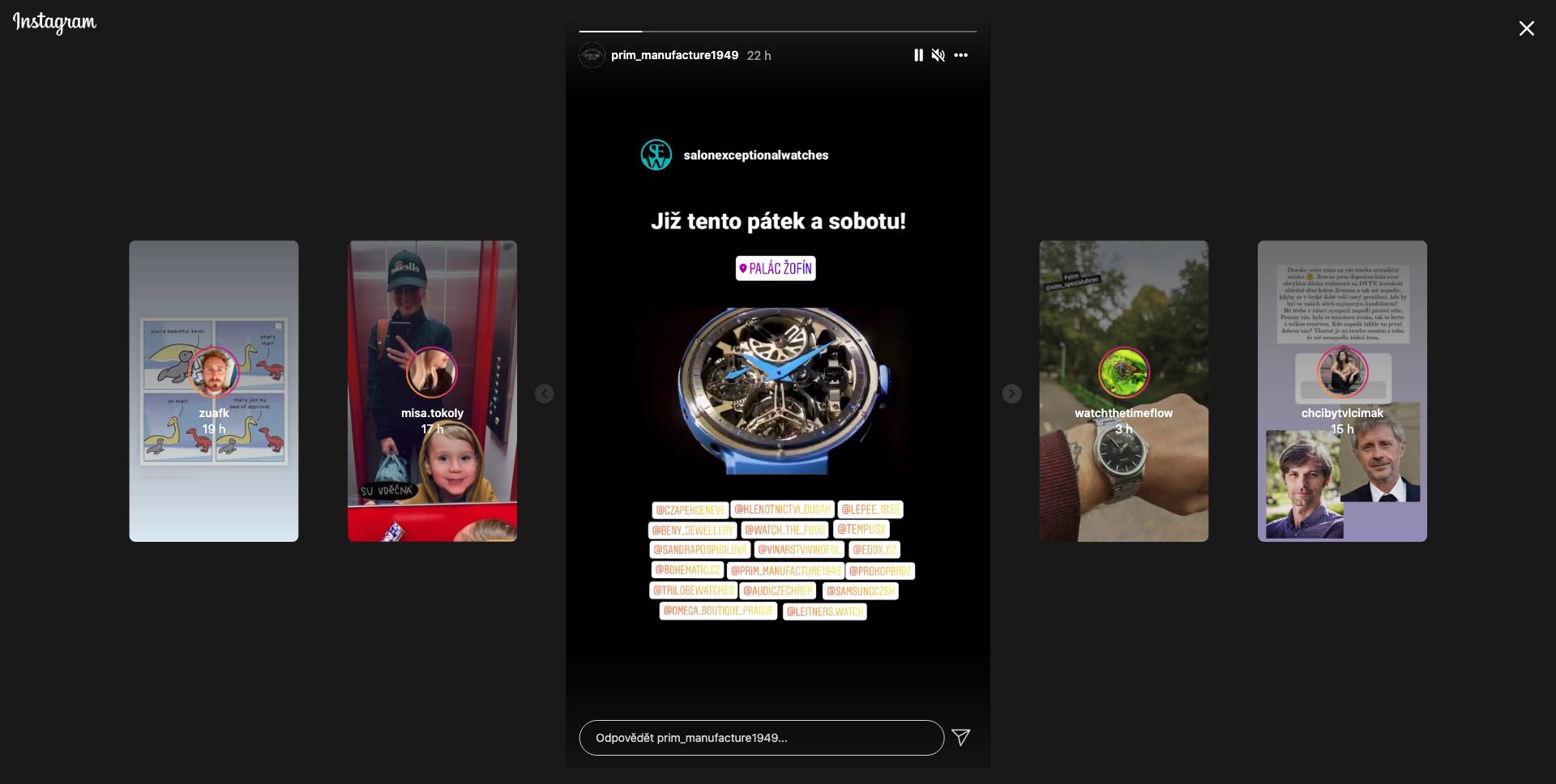
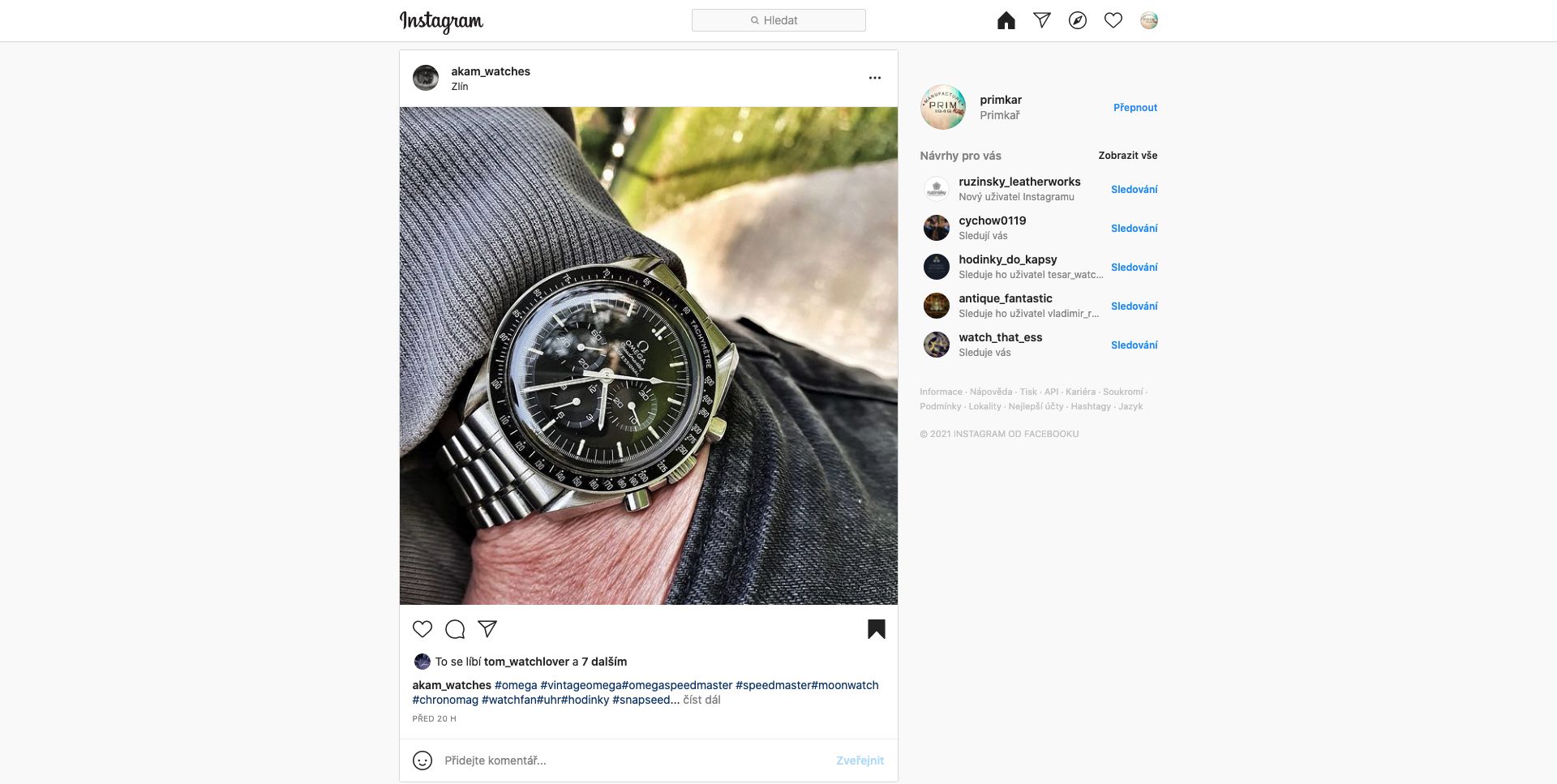
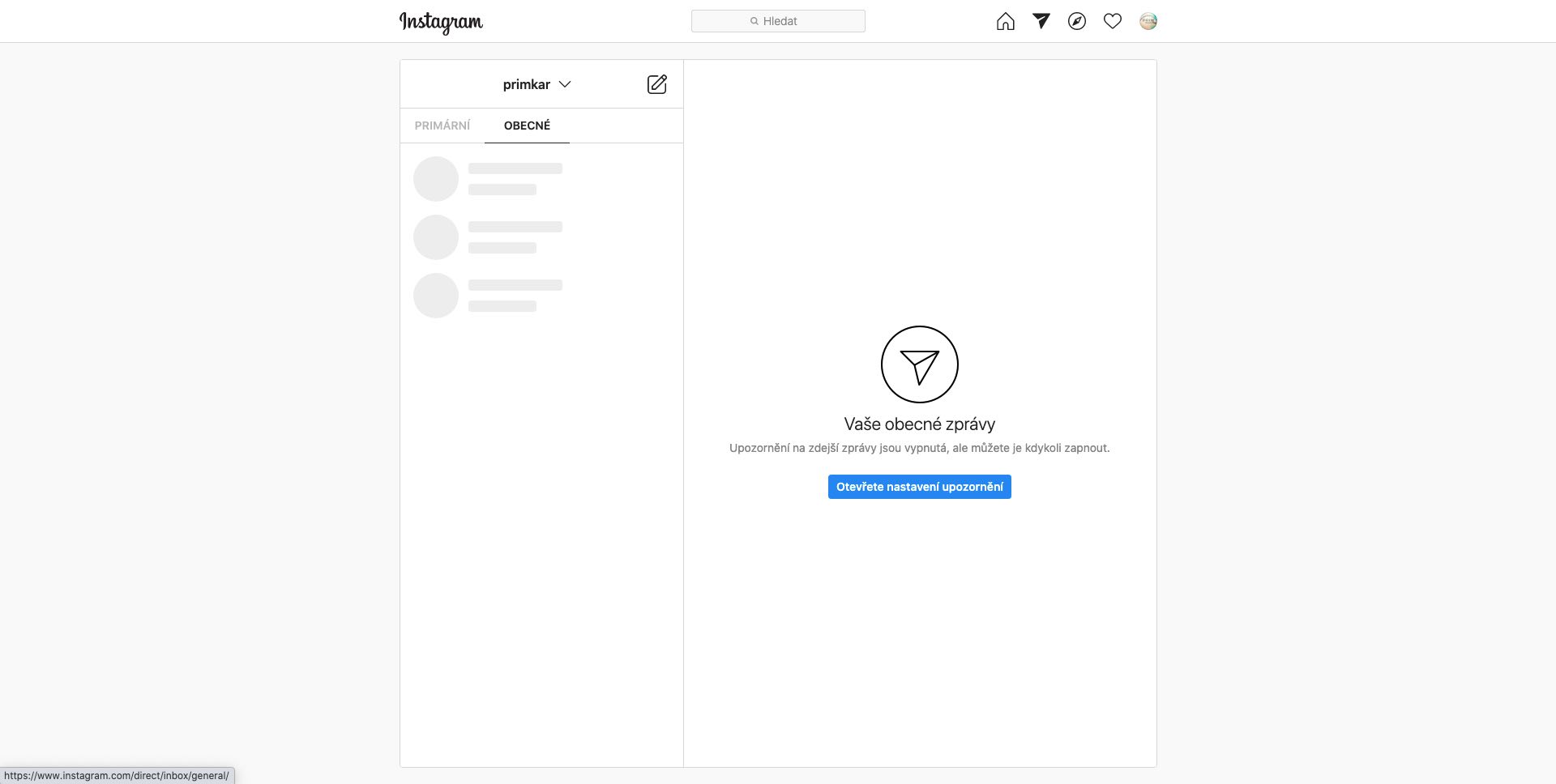

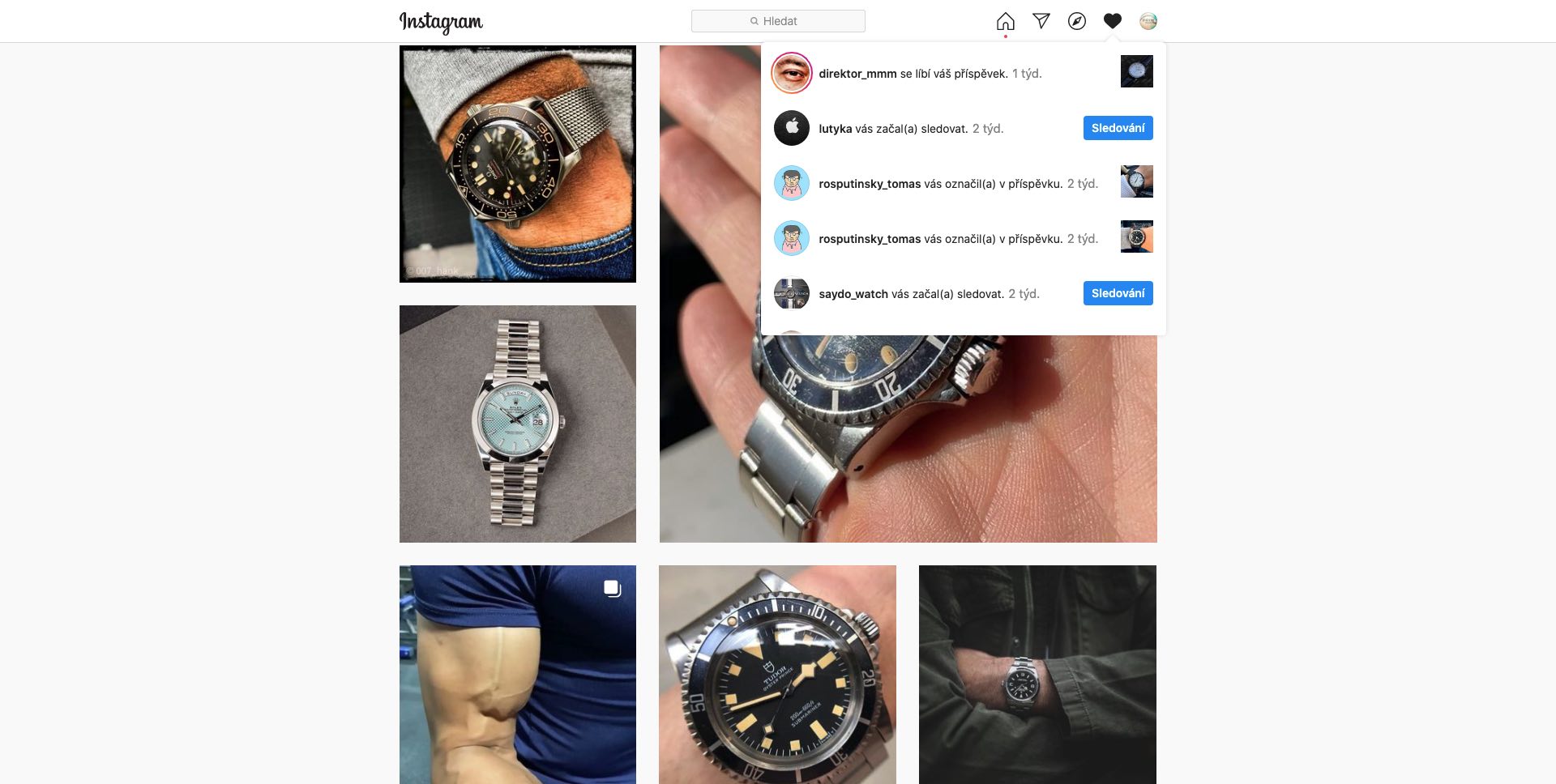
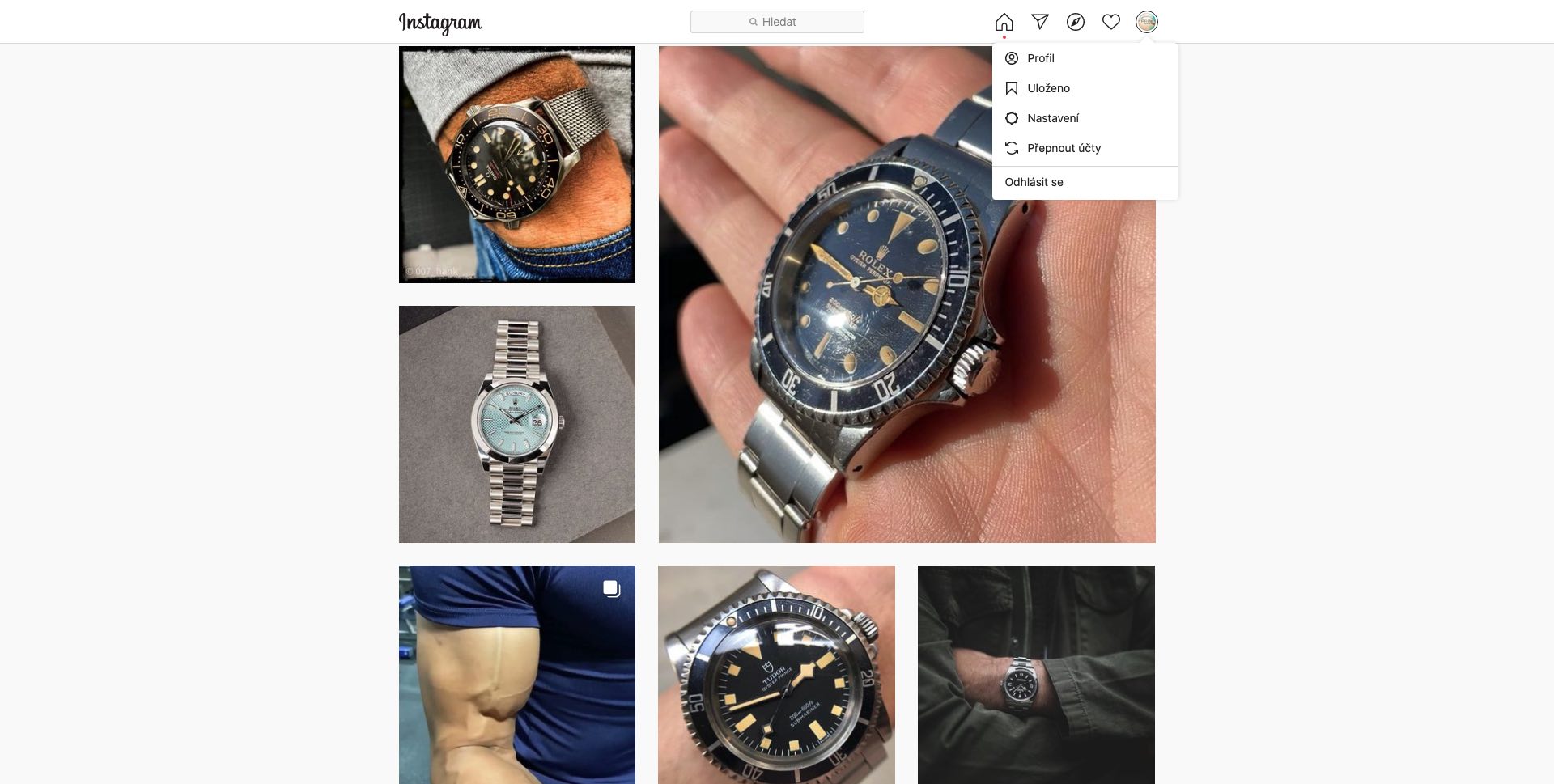

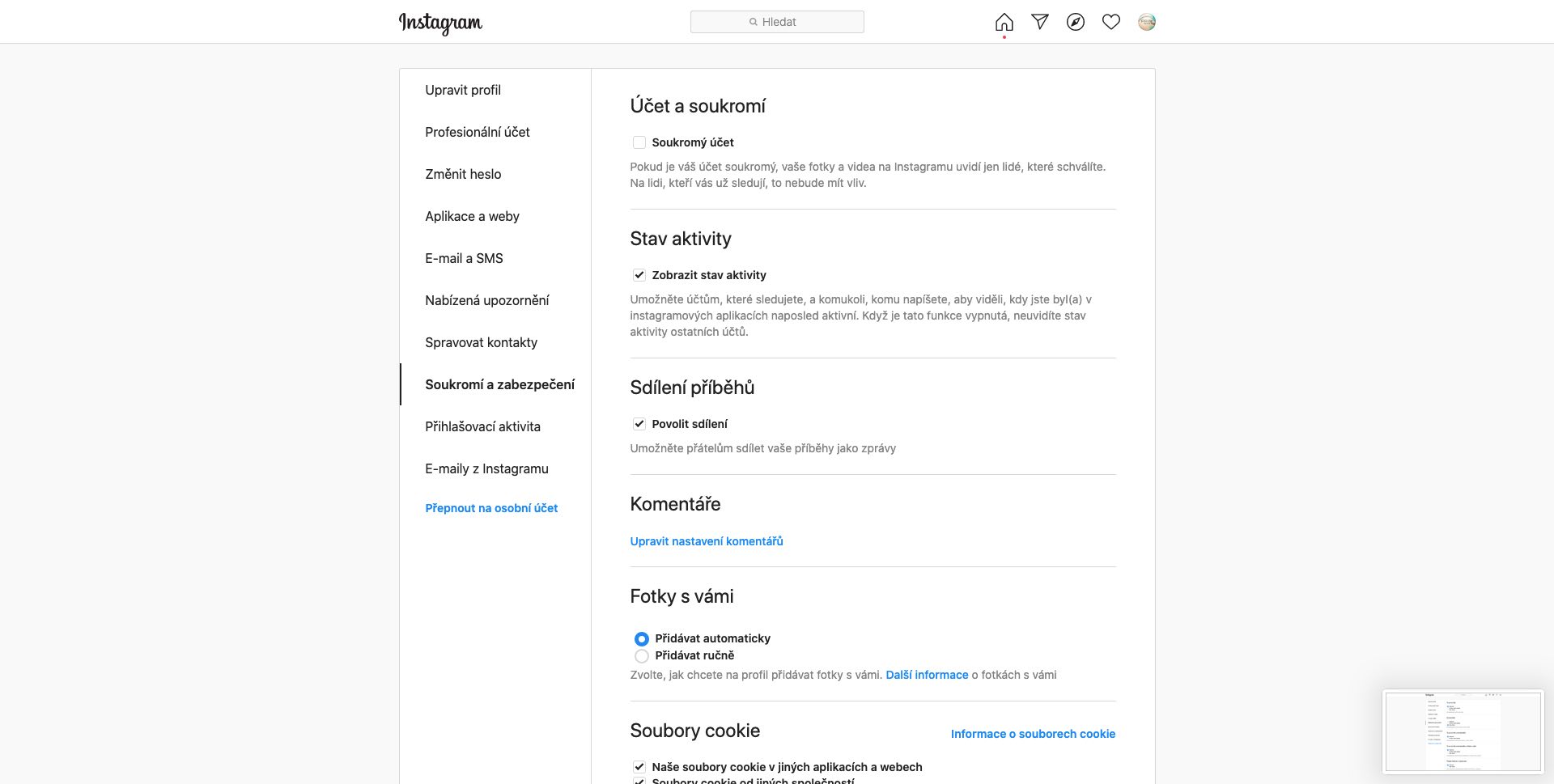
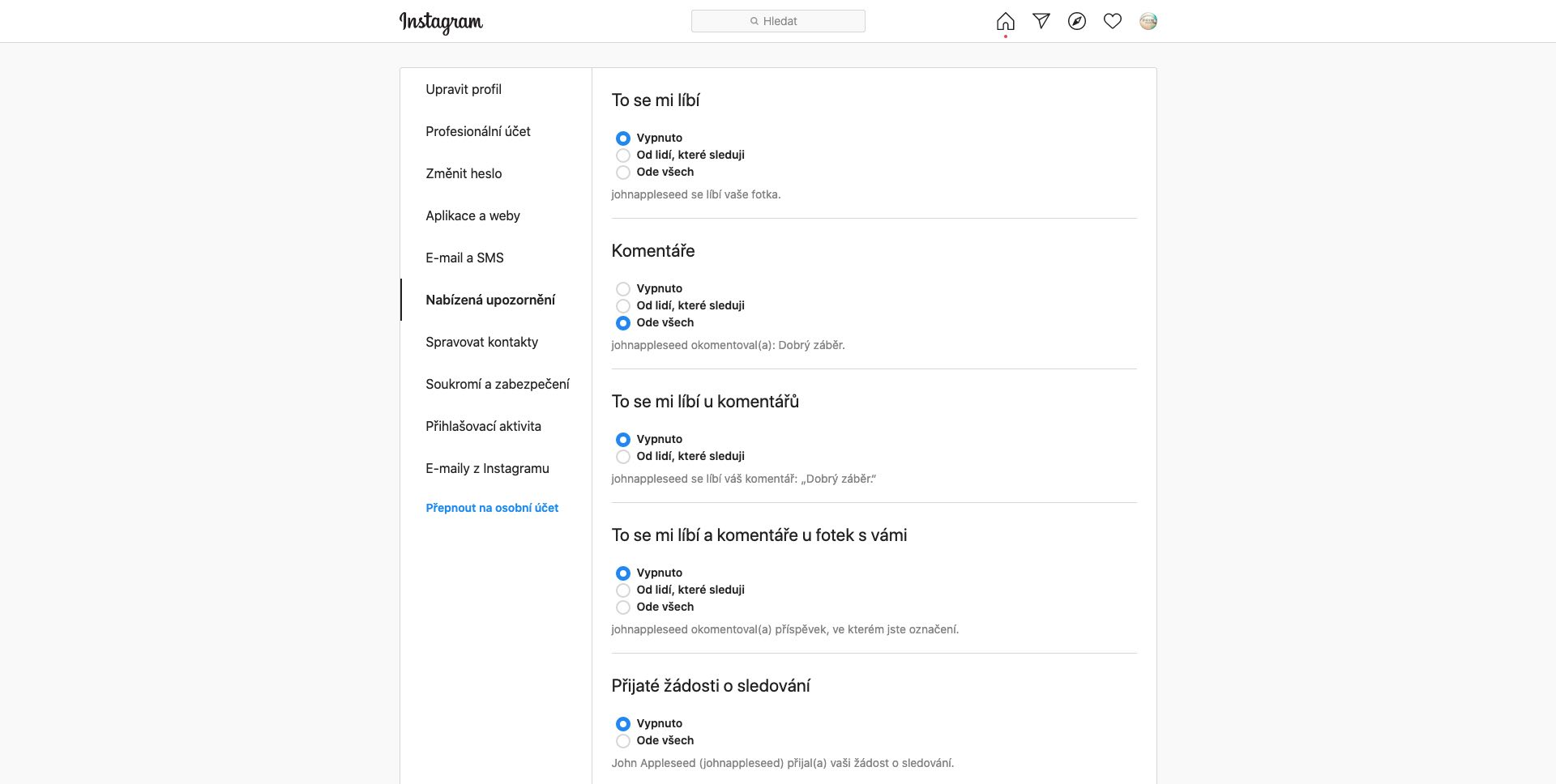
 Adam Kos
Adam Kos 